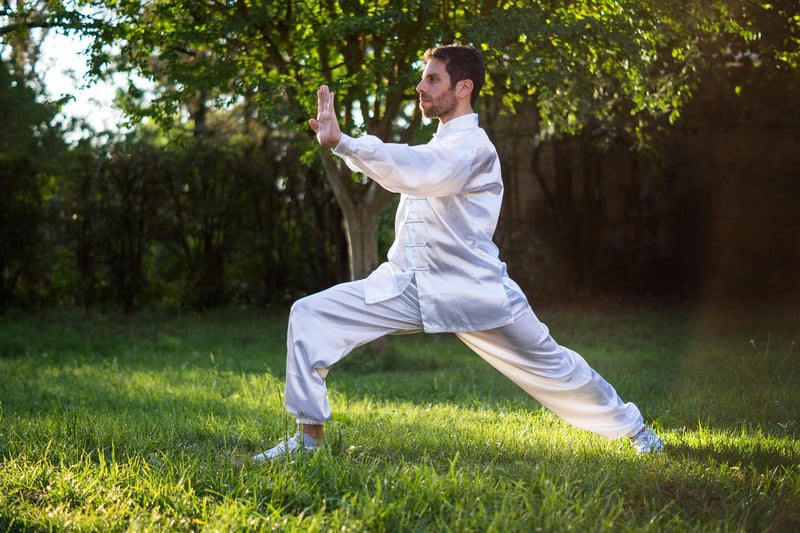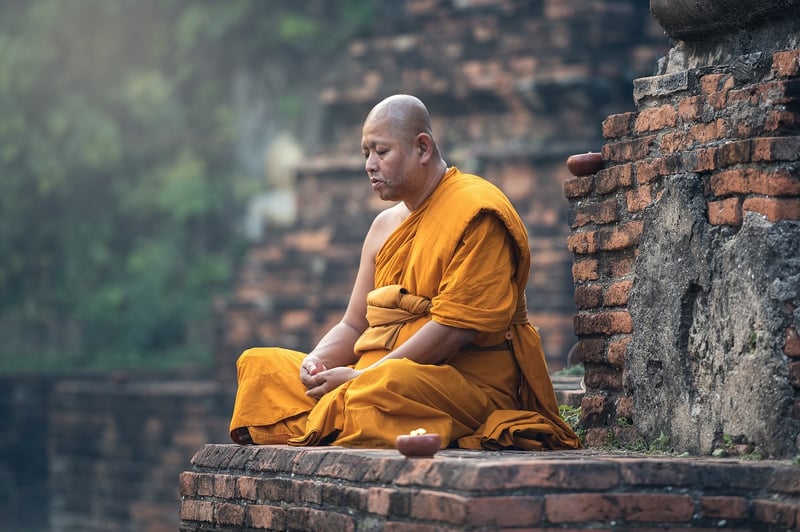Meditative Forms
The Harmony of Flowing Martial Art and Meditative Forms
Martial arts have a long history of combining physical prowess with mental discipline. One such form that beautifully blends the elements of combat techniques with meditative practices is the art of Tai Chi.
The Art of Tai Chi
Tai Chi, also known as Tai Chi Chuan, is a Chinese martial art that emphasizes the harmony between body and mind. It is often practiced for its health benefits and its meditative aspects. The slow, flowing movements of Tai Chi help practitioners cultivate inner peace and mindfulness while improving strength, balance, and flexibility.

Benefits of Tai Chi
- Enhanced balance and stability
- Reduced stress and anxiety
- Improved flexibility and range of motion
- Increased mindfulness and mental clarity
- Boosted energy levels
Meditative Forms in Martial Arts
Many traditional martial arts incorporate meditative forms or practices within their training. These forms help practitioners focus their minds, control their breathing, and develop a sense of inner calm amidst the physical demands of combat techniques.

Examples of Meditative Forms in Martial Arts
- Zen breathing exercises in Karate
- Mindful movement in Kung Fu
- Meditative stances in Aikido
- Qi Gong practice in Shaolin Kung Fu
- Mental visualization techniques in Judo
By incorporating meditative forms into martial arts training, practitioners can not only improve their physical skills but also achieve a deeper connection between their body, mind, and spirit.
Whether you are drawn to the flowing movements of Tai Chi or the meditative forms within traditional martial arts, exploring these practices can lead to a holistic approach to physical and mental well-being.
